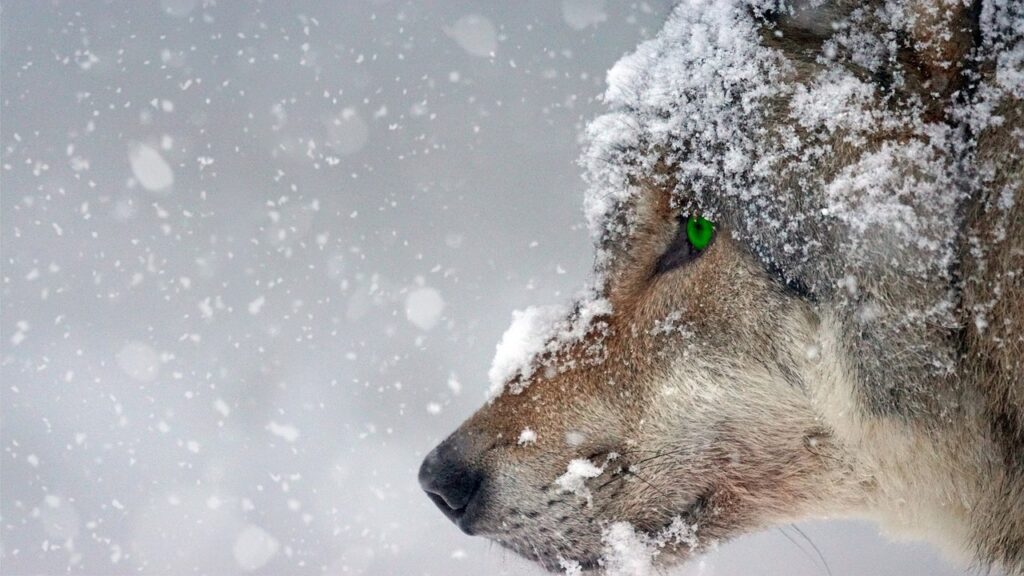What is a Pet? | History, Uses, and Importance of Pets
A pet is any animal that is kept by humans primarily for companionship and pleasure. Unlike working animals or livestock, pets are valued for the emotional bond they share with their owners. This relationship is often mutually beneficial, especially in the case of common pets like dogs, cats, and even horses. The tradition of pet keeping spans across all cultures and time periods, showing that pets fulfill a deep, universal human need.
History of Pets and Domestication
The history of pets is closely tied to the domestication of animals. Dogs were likely the first domesticated animals and are believed to be the first true pets. In ancient times, people began keeping young wild animals, which eventually led to domestication. Dogs, with their strong hunting instincts and loyalty, became excellent companions for early humans. In return, they received food and protection.
Archaeological evidence suggests that dogs have been kept as pets since Paleolithic times. Ancient carvings and paintings show dogs involved in daily human life. In Mesopotamia, dogs resembling modern-day mastiffs were depicted helping in lion hunts. Ancient Egyptians also showed great affection for pets like cats and dogs, often portraying them in family scenes and religious artwork.
Popular Pets Through Time
After dogs, cats and horses became two of the most beloved pets. Surprisingly, cats were domesticated much later—around the 16th century BCE during Egypt’s New Kingdom era. Despite the late start, cats quickly gained popularity and became sacred animals in Egyptian culture.
Horses were domesticated for riding and chariot battles around 2000 BCE. Their role as pets was more practical in nature, but the emotional bond between humans and horses has also been well documented—like the famous connection between Alexander the Great and his horse Bucephalus.
The Emotional Bond Between Pets and Owners
What truly sets pets apart from other animals is the emotional connection. Pets are loved not only for their usefulness but also for the affection they offer. Over time, this relationship has been celebrated in myths, stories, and films. Dogs like Rin Tin Tin and Lassie became cultural icons because of their loyalty and intelligence.
Functional Roles of Pets
While pets bring joy, many have historically served important purposes:
-
Hunting Partners: Dogs, cats, and even lions were once used for catching prey.
-
Guards: Pets like dogs and even geese protected homes and livestock.
-
Herders: Dogs were bred for herding sheep and cattle.
-
Pest Control: Cats became popular for their skill in catching mice and rats. The mongoose became famous for its ability to kill snakes.
-
Food Source: In extreme conditions, pets like guinea pigs and even dogs were sometimes used as food.
Types of Pets by Habitat
Pets can be categorized based on their living environments:
-
Household Pets: Dogs, cats, and birds like canaries and parakeets.
-
Aviary Pets: Birds like crows, jays, and magpies kept in large enclosures.
-
Vivarium Pets: Reptiles and amphibians such as snakes, lizards, and frogs kept in climate-controlled tanks.
-
Aquarium Pets: Fish kept in tanks, representing a large global industry.
-
Cage Pets: Hamsters, rabbits, mice, and guinea pigs kept in cages indoors or outdoors.
-
Paddock Pets: Horses, donkeys, and ponies that require outdoor stables.
-
Insect Pets: Ants and walking-stick insects kept in small containers or artificial habitats.
The Exotic Pet Industry and Its Challenges
The growing trend of owning exotic pets—such as monkeys, jaguars, or alligators—poses serious risks. Most owners cannot provide proper care, leading to poor animal welfare. Moreover, the capture of exotic species often harms wildlife populations, especially when young animals are taken by killing their parents. Despite laws banning the import of endangered species, the illegal pet trade continues in many parts of the world.
Final Thoughts
The human-pet relationship is one of the oldest and most cherished bonds. Whether you’re cuddling a cat, walking your dog, or watching your fish swim, pets bring joy, love, and sometimes even utility to our lives. As the pet industry continues to grow, it’s important to respect animals and ensure responsible pet ownership.

